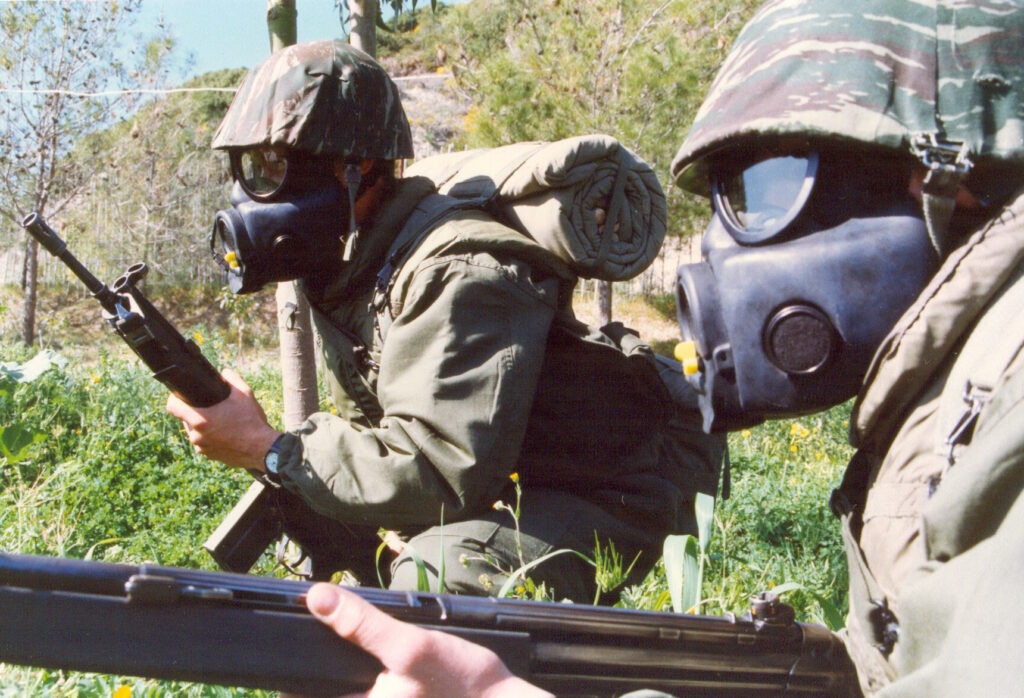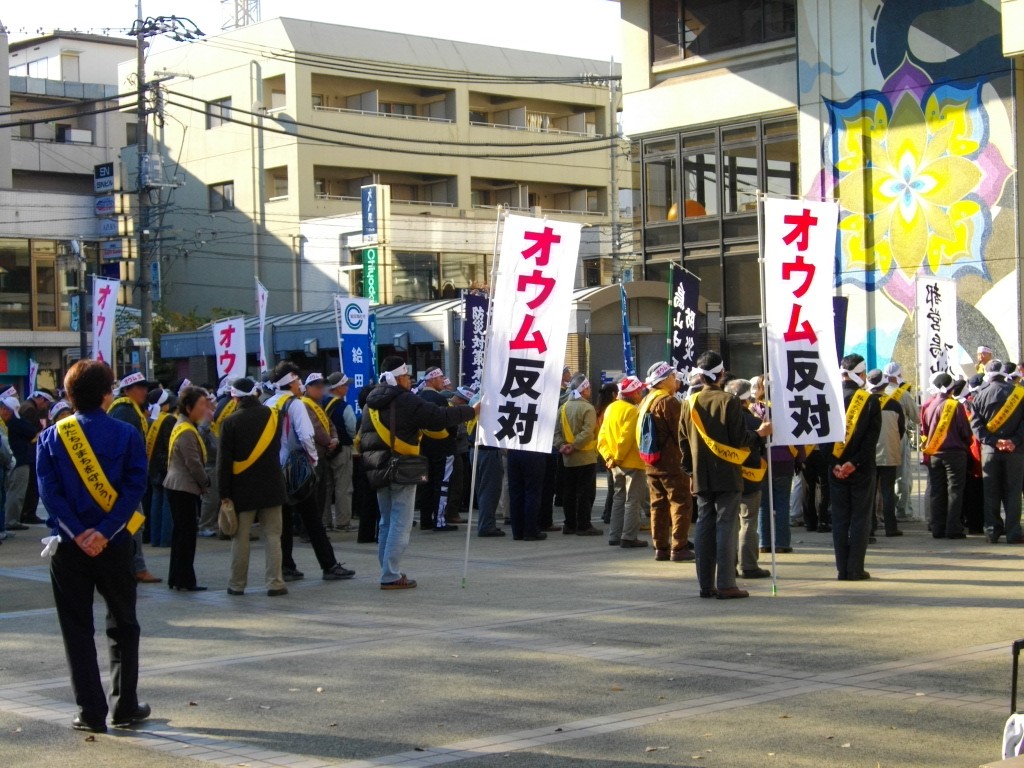YOKOHAMA, JAPAN – Some terrorist groups get stuck on a theme and are able to commit multiple attacks.
Is there anything scarier than poison gas? Sure, a nuclear attack leads to more deaths, but I’d imagine for most people who die in such an event it tends to happen quickly as individuals get immediately vapourised.
With a gas attack the sufferer struggles to breathe and, depending on the substance used, begins to cough up blood and liquids as the lungs fill with fluid. The process can take hours and is, from what I have read, excruciatingly painful. This is why it is banned for use in warfare (not that this stops everyone: there are allegations that the Russians used it recently in Ukraine).

Given that terrorists are never signatories to treaties such as the 1925 Geneva Protocol which outlines what cannot be used, it should come as no surprise that they do resort to this kind of weapon, at times on multiple occasions.
On this day in 1995
More than 600 Japanese commuters were injured when a gas, likely phosgene, was released at the main station in Yokohama. This came on the heels of the March 20 sarin attack on Tokyo’s subways that killed 12 and afflicted more than 5,500.
None of those hospitalized for treatment faces a life-threatening situation.
Home Affairs Minister Hiromu Nonaka
As it turned out, the Yokohama and Tokyo attacks were both carried out by the Aum Shinrikiyo terrorist group led by its guru Shoko Asahara. He was arrested in May and later executed. That the terrorists were able to develop gas canisters and deploy them was bad enough: that they elected to use such a substance was even worse. It is not for nothing that we humans decided to ban this weapon a century ago.
Not that terrorists care about such agreements…
Read More Today in Terrorism
May 31, 1906: Spanish anarchist bombs royal wedding
On May 31, 1906 a Spanish anarchist threw a bomb hoping to hit King Alfonso XIII, killing 24 and wounding more than 100.
May 30, 2009: Anti-government group bombs TV station in Ecuador
On May 30, 2009 two pamphlet-bombs exploded outside an Ecuadorian TV station and ministry: no victims or significant damage ensued.
May 29, 2016: ISIS uses chlorine gas in terrorist attack
On May 29, 2016 35 civilians were wounded in an ISIS attack using rockets containing chlorine gas in Iraq’s Nineveh Province.

